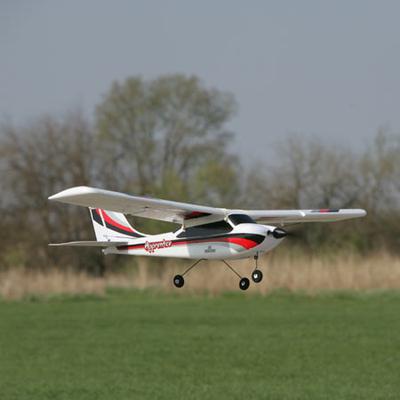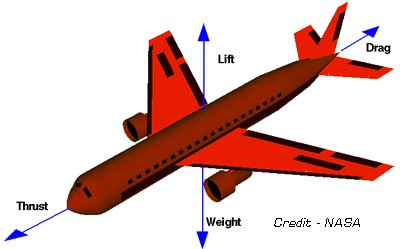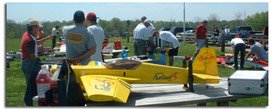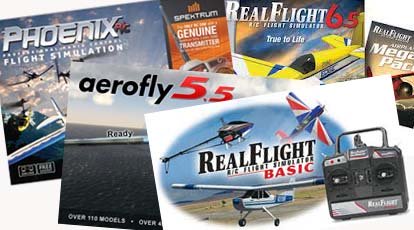Aerobatic Maneuvers Tutorial
Practicing these basic aerobatic maneuvers is the first step in your journey of competing in the world of RC Aerobatics. Follow James as he takes you through each step of the most common RC airplane stunts in the videos listed below.
One important word of advice, be sure you have plenty of altitude when performing aerobatic flight maneuvers for the first time.
While these videos make it look easy, you'll soon find out that it takes lots and lots of practice to execute these maneuvers perfectly!
Aerobatic Loop

The inside loop is one of the easiest RC aerobatic maneuvers to perform.
While flying into the wind at full throttle, gently apply elevator.
Hold the elevator until the airplane rounds the top of the loop and becomes inverted. Cut the throttle to 1/4 or less as the airplane reaches the top of the loop.
Let the airplane free fall downward while holding the elevator.
The goal is to reach the bottom of the loop at precisely the place where the airplane entered the loop.
It is very important to cut the throttle at the top of the loop. Many airplanes, especially trainers, are not designed for high G-forces and the wings will fold! Trust me, I learned this lesson the hard way...
Barrel Roll

While flying into the wind, apply a touch of elevator while applying either left or right aileron.
When the airplane begins to roll you will need to add a touch of opposite rudder to keep the airplane straight.
When the airplane becomes inverted add a bit of down elevator to keep the airplane level.
If you're just learning, rolling with ailerons does not absolutely require opposite rudder. Without rudder input the roll will be "wobbly" and not straight.
To perform a perfect barrel roll you will have to practice working the elevator and rudder together as the airplane rolls.
Stall Turn "Hammerhead"
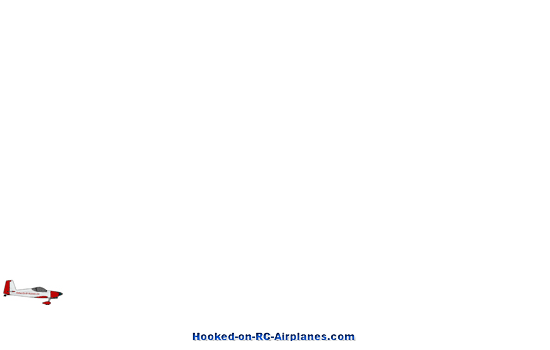
The Stall Turn is also known as the "Hammerhead".
Start this maneuver by pulling the airplane into a vertical climb, then cut the throttle completely while applying full rudder.
Add a touch of down elevator to keep airplane straight as it spins around 180 degrees.
Once the airplane has spun around, release the rudder as the airplane enters a dive.
Knife Edge

The Knife Edge maneuver is nothing more than flying the airplane on its side, although easier said than done!
You begin this maneuver by rolling the airplane onto its side with either left or right aileron.
Once on its side, apply elevator in the opposite direction as the aileron was applied.
The rudder is what keeps the airplane in the air at this point.
The rudder acts in the same way as the elevator does during level flight.
Immelman Turn
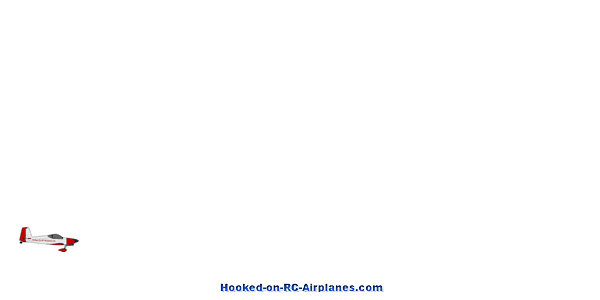
The Immelman Turn is a fairly easy aerobatic maneuver to learn.
Start by performing a half loop. Apply either left or right aileron once you reach the top of the half loop to roll the airplane right-side-up.
Complete this aerobatic RC maneuver by exiting with straight and level flight.
The Split S Turn
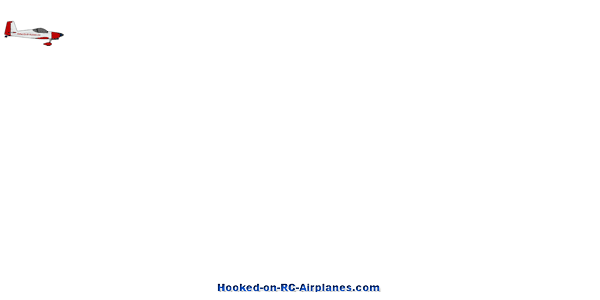
This RC aerobatic maneuver is just the opposite of the Immelman Turn.
Begin with straight and level flight. Use the ailerons to roll 180 degrees.
Once the airplane is inverted apply up elevator to perform a half loop.
Finish this aerobatic RC maneuver by exiting with straight and level
flight.
The Cuban 8

Begin this maneuver by performing 2/3 of a loop while headed into the wind.
Exit the loop inverted, then roll 180 degrees.
Continue into a second 2/3 loop. Exit the loop inverted and roll 180 degrees.
Get a Simulator
The best and cheapest way to perfect these aerobatic maneuvers is to invest in a flight simulator.
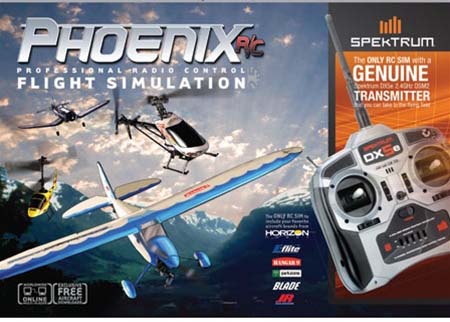
Although simulators may seem expensive, they will actually save you a lot of money and grief by allowing you to train your thumbs without putting your model at risk.
>> Check out the latest simulators here
You'd probably like these pages as well...
Home > RC Aerobatics > Aerobatic Maneuvers
Let’s Go Flying! |
|
5 Steps for Successful First Flight! When the RC bug bites, it bites hard! Control yourself my friend! Save yourself much time and money by following these five steps to success! |
